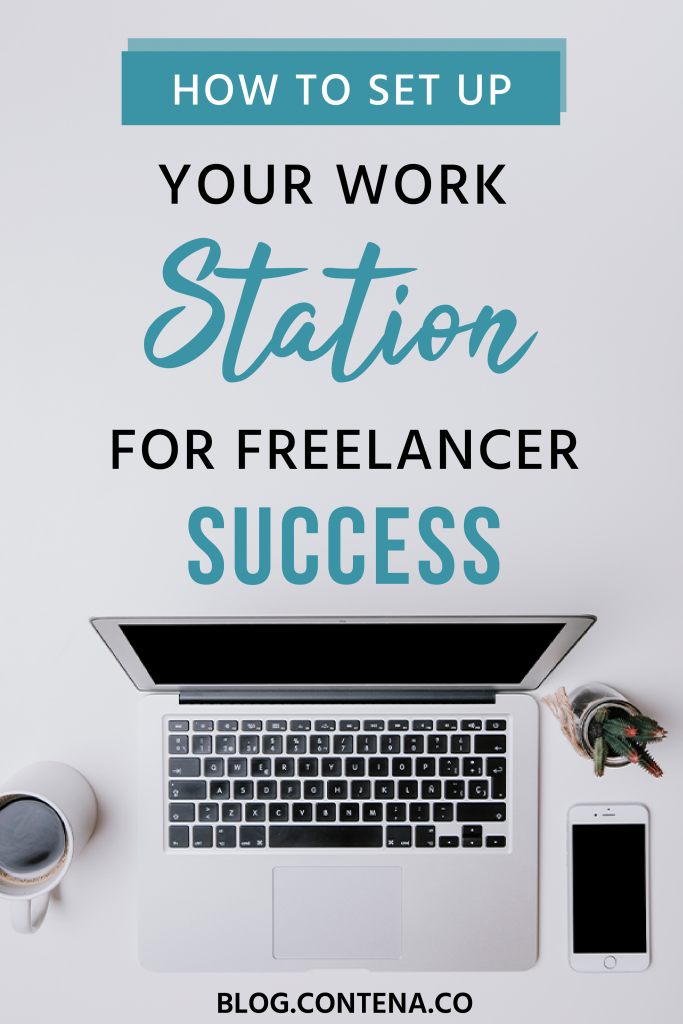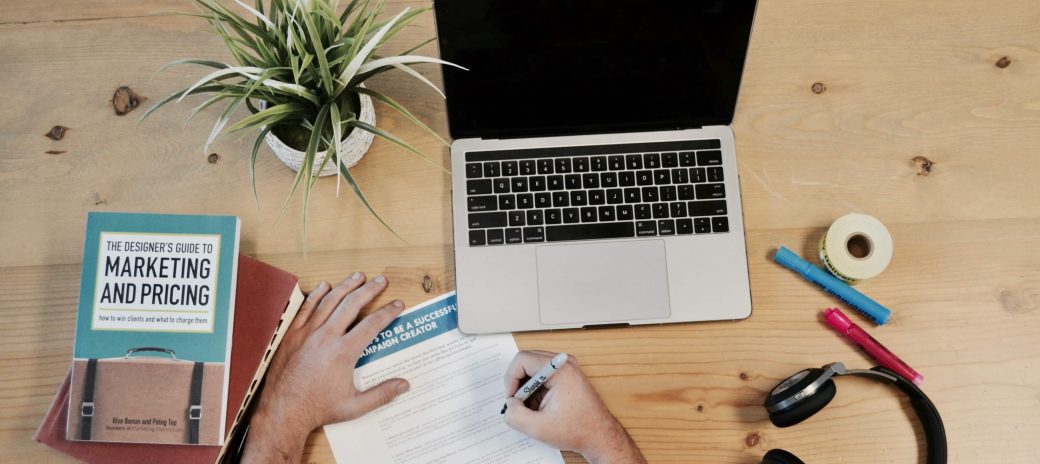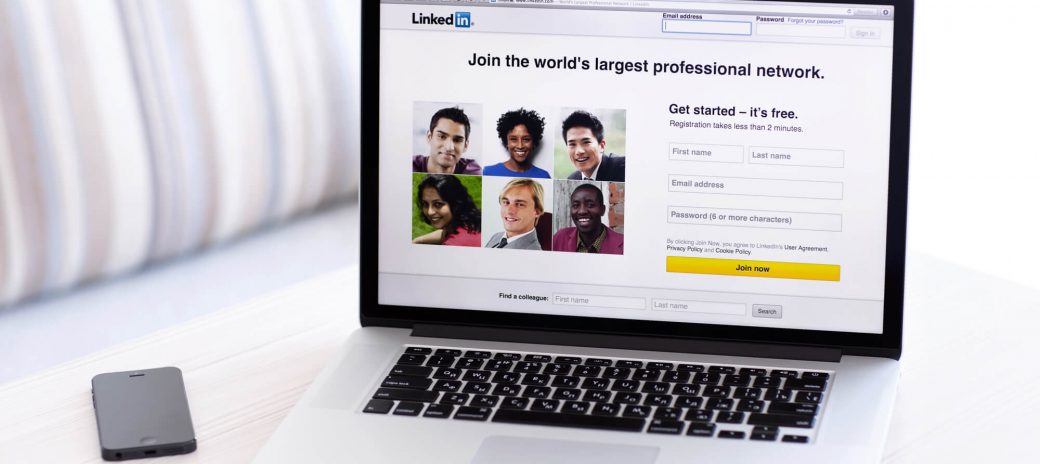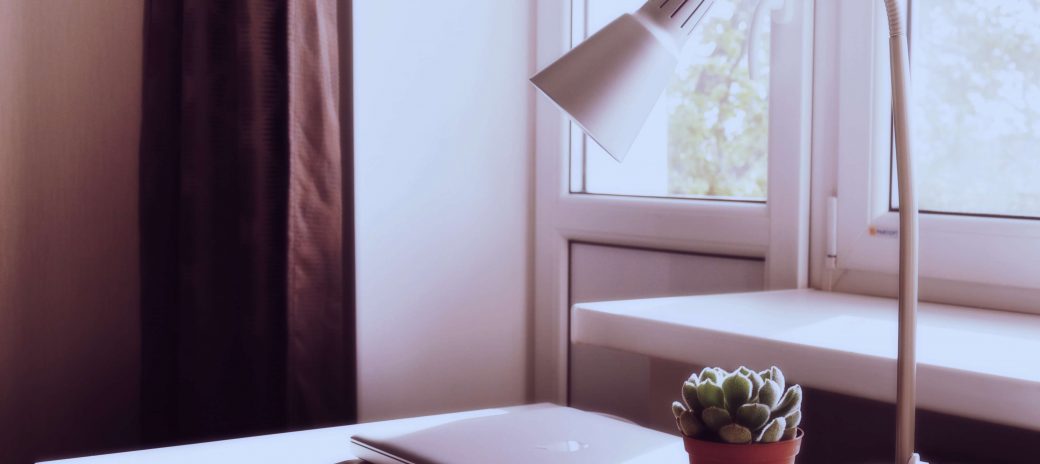Where do you work from?
As a freelancer, our work can often be done anywhere. We’re location independent.
Sometimes I write at Starbucks on my laptop (that’s where the first draft of this post is happening!), other days it’s on my phone as I sit at the park or my kid’s activities, and sometimes I work in the car (when I’m the passenger).
But a lot of time, I’m at home. At my desk.
Do you have a dedicated workstation?
If you’re someone who is new to freelancing, you may just work where you can. For a long time, I worked on my laptop at my kitchen table, or sitting on my couch. When my younger son was a baby, I worked on the floor next to him while he played.
However, when freelance writing became more of my career, and I was actually getting paid to write, I realized that I needed a dedicated space where I could work.
While there is no right way to set up your workspace, there are probably a few things that will help you in your work as a freelancer.
1. Actually have a workstation
When you work from home, especially if you’re starting out, it’s not uncommon to not have a workspace. Even with a desk that’s mine, and a home office, I often go through phases where I don’t use it.
But, when you don’t have a dedicated workstation, you have your laptop in one place, your calendar in another, your pens in the other room, and things can go missing.
Even if you’re all-digital, you might find that your charger, headphones, or external hard drive have “gone missing” because you’ve left them somewhere in your house (or worse, you’ve left them somewhere else you worked).
So, make a spot that is your workspace.
Even if you don’t have an office with a door, you can still have a dedicated space.
Small desks don’t cost much: check garage sales, Goodwill, Craigslist, or Target. Get yourself a good chair and a desk lamp (if your space doesn’t have good lighting), and create a home workstation that is worthy of the work that you’ll do.
Your desk or workstation doesn’t need to be fancy, but if you don’t have a place where you sit down to work, you may find it harder to actually sit down and work.
2. Make sure your workspace is set up to be ergonomically correct.
Okay, this point is super boring and a few months ago I might not have even included this in the post. But now- it’s important.
Why?
As my freelance writing has increased, so has my back and neck pain.
Learn from my pain.
It actually took a visit to the doctor, for something unrelated, for me to realize that all of work was helping my bank account, but was actually creating problems for my body.
At the appointment, I casually mentioned how I couldn’t really turn my head side to side very well recently and that I’d been having pain down my leg.
She asked how business was going. I admitted how much time I was sitting at my “desk” (a table) with my laptop, and my feet dangling off my chair.
I got scolded.
So now, to make sure that I can keep my body healthy, I take ergonomics seriously.
How?
Make sure that you are looking straight ahead at your monitor. You shouldn’t have to tilt your head up or down. To do this, I had to put books (four of them!) under my laptop to lift it up so that the screen is at my eye height.
I also purchased an external keyboard (an external monitor would have been another option, but I thought the keyboard would work better) and an external mouse.
My chair is now set so that my feet touch the floor (you can also put something under your feet to allow them to touch).
Now, when I type, my wrists are straight. You also want to make sure that when you sit, that your knees and hips are just about in line with each other. (Check out a quick reference guide here).
I know ergonomics isn’t very exciting, but if you want to be a freelancer, you have to take care of your body. If you’re dealing with carpal tunnel, pain when you sit, or numbness in the lower part of your body, you won’t be able to do your best work.
3. Create a space you enjoy
It’s important that your workspace is inviting to you. If you like the minimalist feel, choose a few key items such as a sleek pen holder or a framed photo of your loved ones (pets count).
Maybe you have fresh (or fake) flowers, or you have a reed diffuser on your desk with a scent you enjoy. Think about having a space that you want to sit at because if you don’t, you’ll avoid sitting down to get your work done.
You don’t need to go overboard with how you decorate, but think about making your workspace a place that is enjoyable to be at. You can do this over time, especially if you’re on a budget.
4. Minimize distractions
Though you want the space to be enjoyable, it also can’t be like a three-ring circus. Too many pictures, all sorts of magazines for inspiration, or all of the best books for freelancers, might just be too much.
Also, if you don’t have a dedicated home office, be thoughtful about where you create your workspace. You might not be able to close the door, so consider where in your home is the best place to set up shop. I
f your kitchen faces a noisy street, that might not be the best place, or if your bed is too tempting, you probably don’t want a desk in your bedroom.
Even if there are only a few choices, consider where you create your workspace in addition to how you set it up.

5. Have what you need
For writers, we can get away with very little: often just a computer and the internet. However, you might have other items that help you in your work. If you use a whiteboard, you need dry-erase markers and an eraser.
If you prefer to actually write, you need pens and paper.
I have a few different jobs and clients; I use a whiteboard and a paper planner. For years, I have highlighted my work in green.
And I can rarely find my green highlighter.
It took me years to realize that I needed a pen holder where I have several green highlighters. I use them and return them there (most of the time).
Literally- it took years to commit to this simple solution. If there were a green highlighter detector you’d probably find them all over my house: under couches, hidden in drawers, and in my bags. I’ve lost count of how many I’ve bought.
The moral of the story? Whatever “stuff” you need to have to be efficient and productive, have it at your workspace: water bottle, sticky notes, headphones, charger- whatever!
6. Know when you need to leave your workspace
Working from home can feel like a double-edged sword. It can be great for efficiency if you can resist the temptation of your bed, the couch, or the pile of laundry that might become appealing when you’re feeling stuck or dealing with writer’s block.
Even when you’ve set up a great home workspace, you might find that there are times where you need to change it up. If the weather is nice, maybe you have an outdoor space like a porch or a deck you can work at for a while.
Or, if you’re like me, you might need to leave for a bit.
When I’m not working from home, I’m often hanging at home with my kids. I’ve found that leaving my home office at times helps increase my productivity and focus. I don’t do this all the time, but at least once a week when I have a block of about two hours, I’ll head to my local Starbucks, grab a chai tea, and power through my work.
You might be the type of person who has to buckle down and stay in your space, but know that it’s okay to leave the wonderful space you’ve created.
7. Remember that your home is your workspace
When you work in a traditional office, you usually don’t have to worry about things like making sure you have toilet paper or that the Internet is working.
At home- you do.
You’ll want to make sure you have the necessities, not only for your workday, but for being at home during the workday as well.
For example, make sure that your fridge is stocked (and possibly have a plan for what you’ll eat for lunch each day) so that you don’t waste time having to find something to eat at home, or out of the house. If you’ve got slow Internet, you’re also the office manager so you’re going to have to figure that out too.
Take care of the necessities that you need when working from home so that you can be as productive as possible within that environment.
Freelancers have the ability to be location independent, but a workstation is something worth having too. It’s great to have the option to sit down, in a space that’s yours, and that you have optimized for your freelance writing success.
Use these seven tips and create a workstation that’s right for you.










